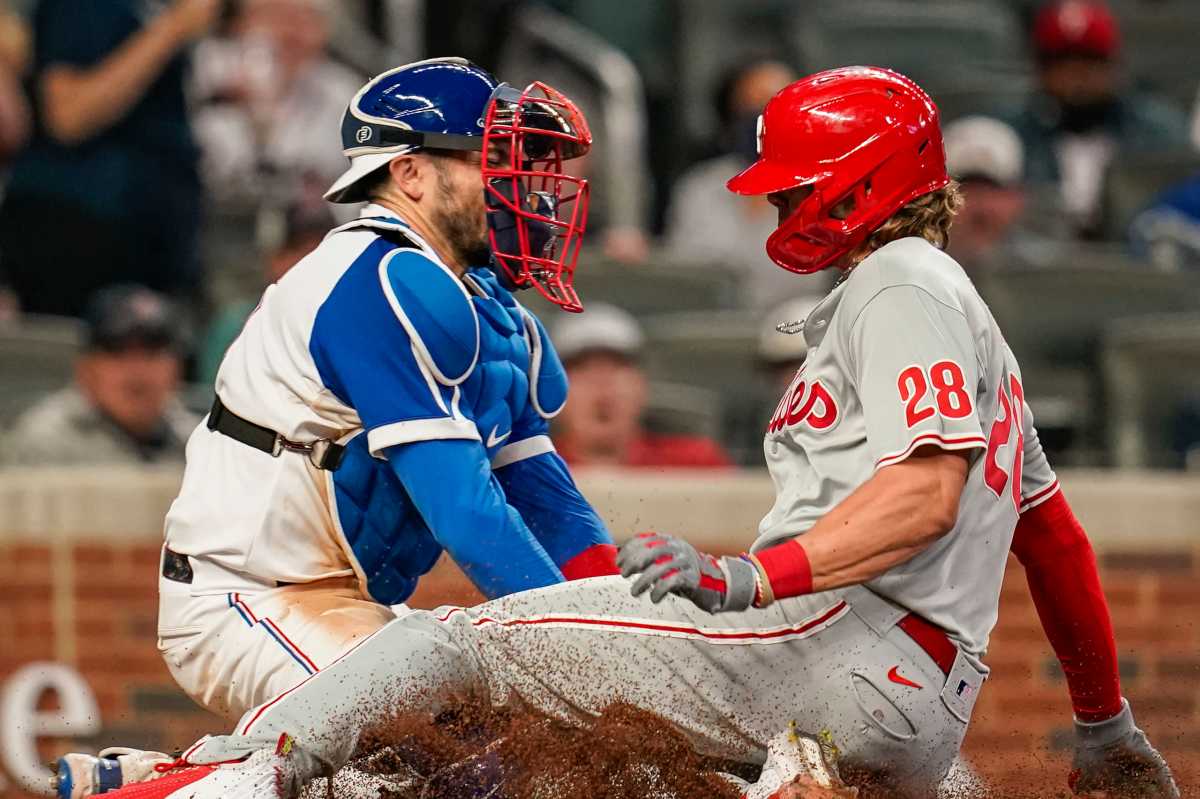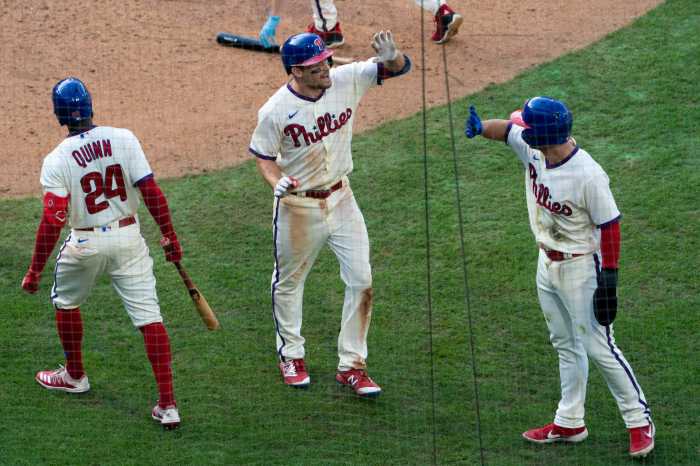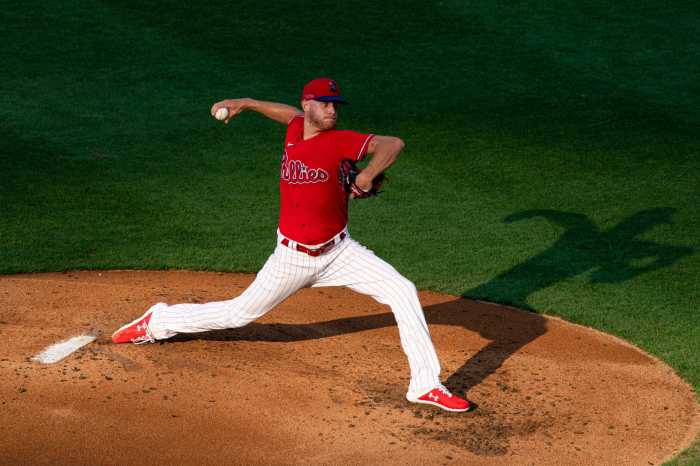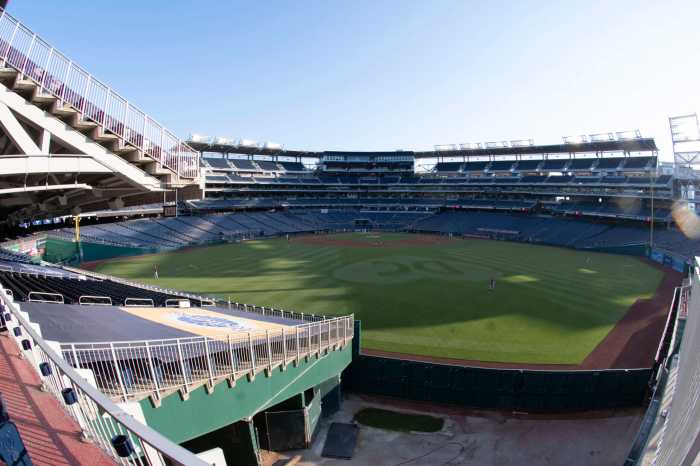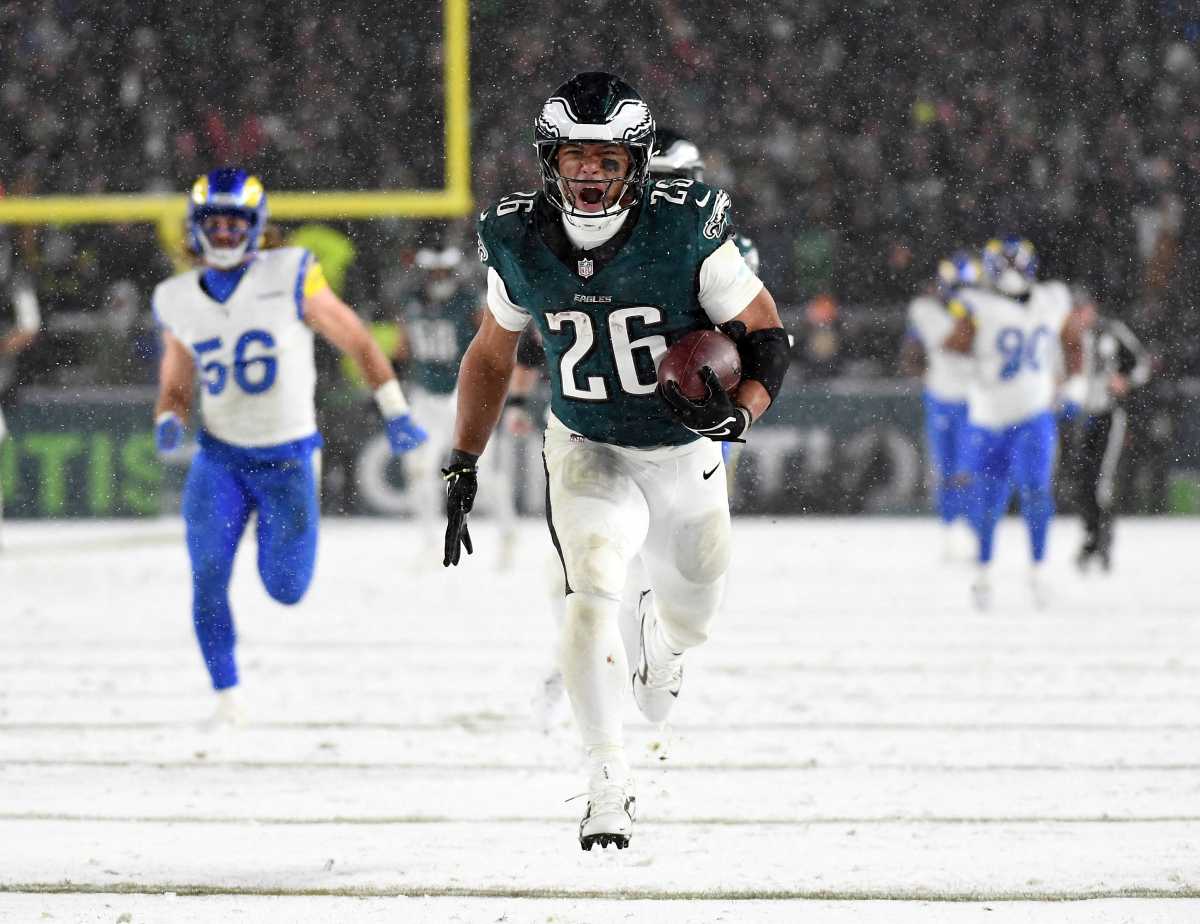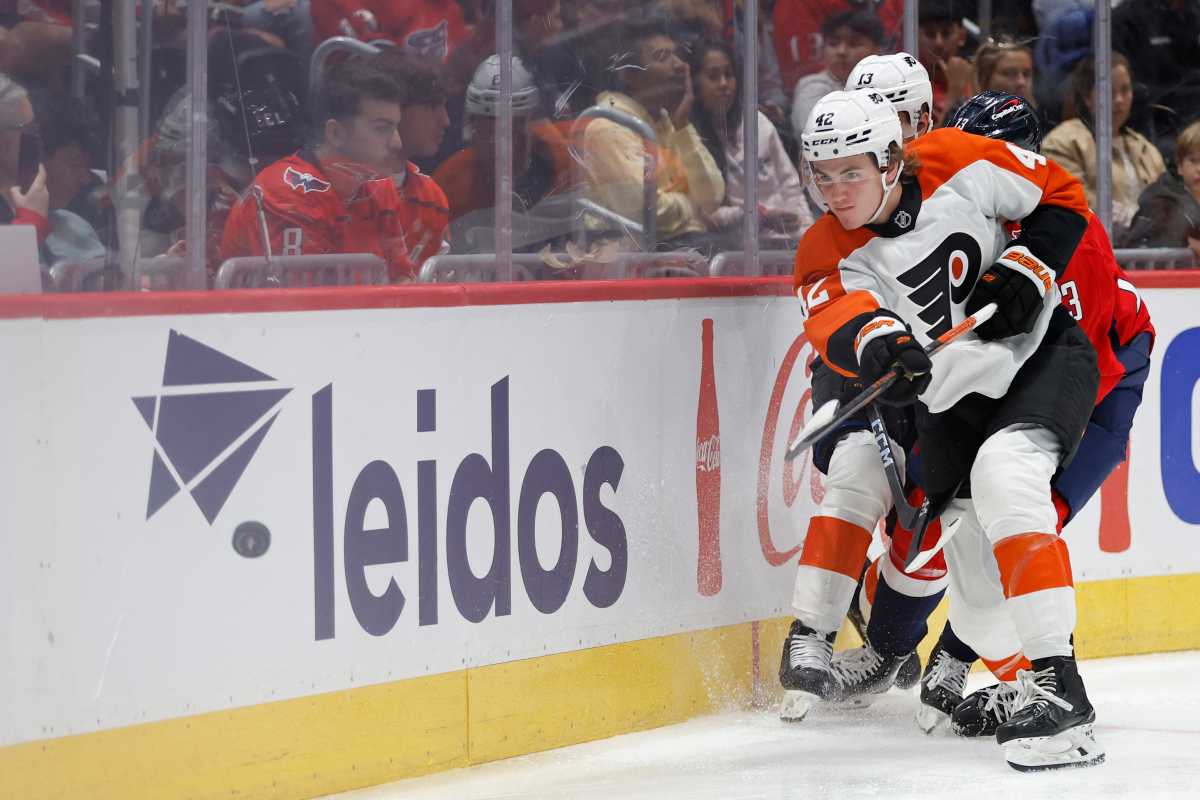Entering Monday night’s slate of games, Major League Baseball has seen 132 games played over the first 11 days of the 2021 season.
It’s early, but this year is on pace to see a new record set for the longest average time to complete a game, currently, at three hours and 14 minutes — eight minutes longer compared to last year.
That’s not what MLB commissioner Rob Manfred wants to see as he looks for ways to make the game more appealing to a general public of short attention spans by shortening the games.
One of the most glaring aspects that throws a wrench into the ebbs and flow of a game is the manager’s challenge, forcing a game’s umpiring crew to stop play, head to the dugout, get on a headset and utilize video review to ensure the right call is made.
Annoying, but a necessary evil to rectify human error that comes with human umpires, instead of machines that would ensure 100% of the calls are correct.
The problem is that the video review system continues to be flawed — majorly — as seen over the first week-plus of the 2021 season.
On Thursday with the bases loaded in the bottom of the ninth inning in a tie game between the Mets and Marlins, New York right fielder Michael Conforto stuck his elbow out on a two-strike pitch that was right down the middle of the plate. The ball grazed his elbow guard, prompting home-plate umpire Ron Kulpa to change his strike-three guard mid punchout to say he was hit.
This is where MLB’s questionable logic starts to expose itself. Kulpa and the umpires could review whether or not Conforto was actually hit, but not that he ducked into the strike zone to get plunked.
Instead of Conforto being called out — which should have been the correct call — the Mets won the game.
On Friday in Phoenix, Cincinnati Reds lead-off man Jesse Winker took the first pitch of the game to the very top of the right-center-field wall, hitting the yellow padding and then clearly ricocheting off a pool chair behind the wall before bouncing back onto the field.
It was ruled a double and after a review, the call remarkably stood despite clear video evidence suggesting it was a home run.
“Once it goes to replay, it’s out of the hands of the umpire on the field,” Reds manager David Bell said after the game. “I know you’re not allowed to argue that. I’m guessing they had a different view than what we saw.”
Sunday night might have been the most egregious call, though, as replay review did nothing to rectify an obvious missed call that resulted in a Phillies win over the Braves.
With one out in the top of the ninth inning in a 6-6 game with Phillies youngster Alec Bohm on third, Didi Gregorius popped a shallow fly down the left-field line.
Bohm was sent to tag up as Braves outfielder Marcell Ozuna unloaded a bullet home that clearly beat Bohm. The tag by catcher Travis d’Arnaud beat Bohm, who never actually touched the plate with his feet-first slide.
Yet Bohm was called safe.
“It’s a shame to end a game like that,” Braves starting pitcher Drew Smyly said. “In real-time, it’s obviously bang-bang, but then we have five different angles on a nationally televised game, and it’s clear that his foot didn’t touch the plate, that it was on the chalk. Everyone saw it.
“For MLB not to overturn that, it’s embarrassing. Why even have replay if you won’t overturn that? They say there wasn’t enough evidence but there were five different angles. It’s clear, he didn’t touch the plate.”
We’re asking the same question, Drew. For the sake of the game, either video review needs to be completely abolished if you continuously can’t ensure the right call will be made, or we go to automatic umpires.
Because right now, it’s just not working.



